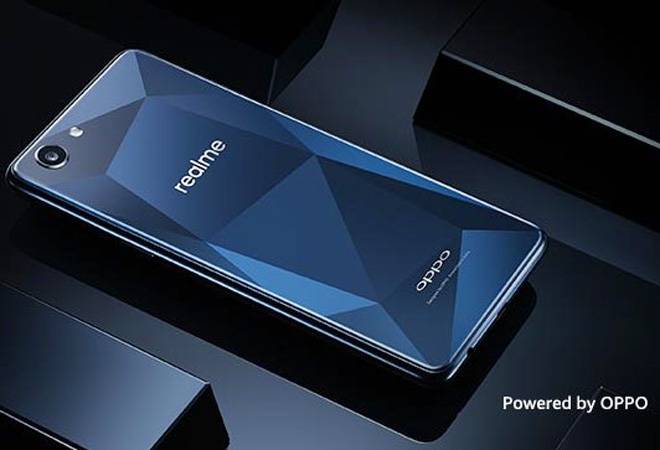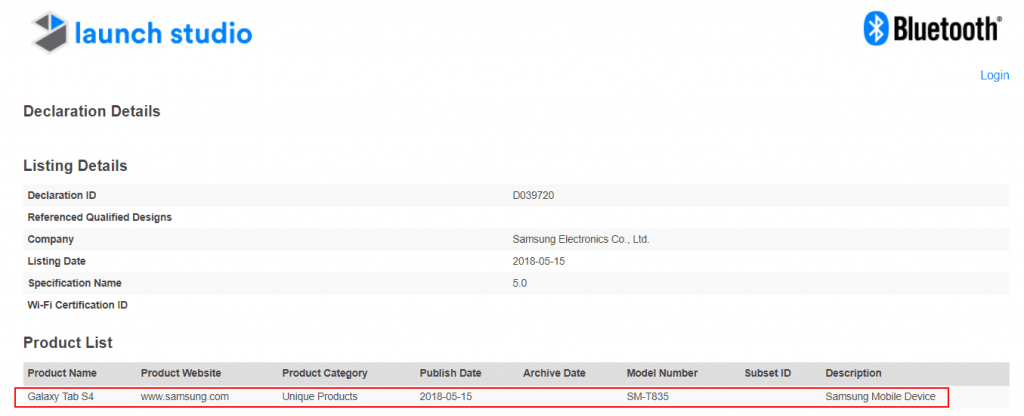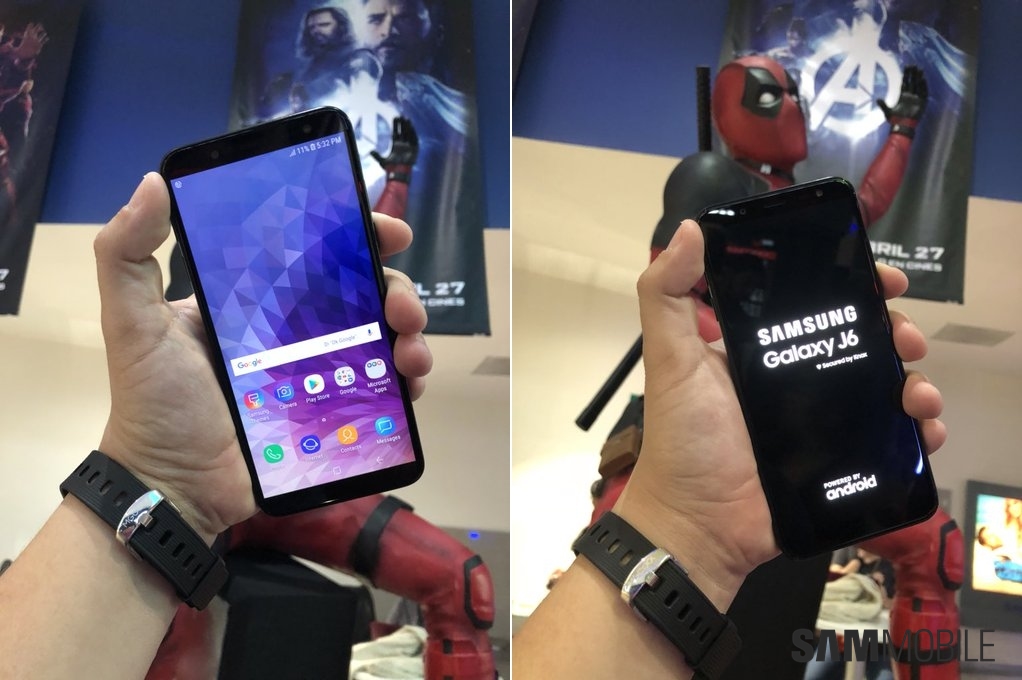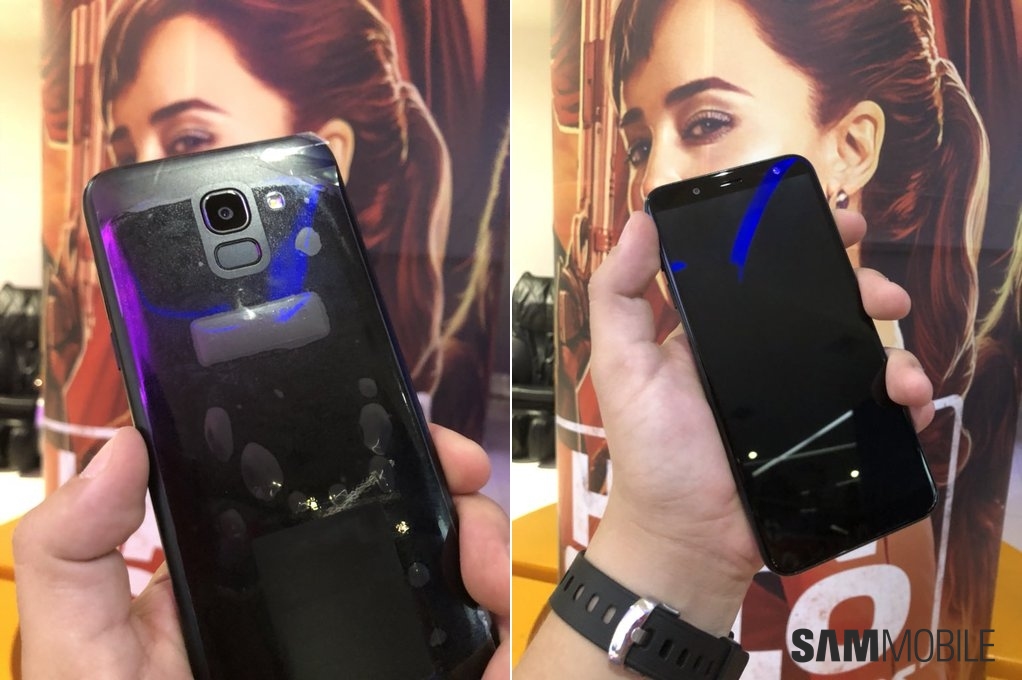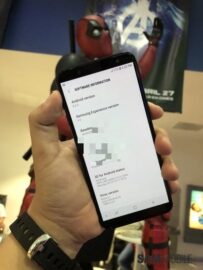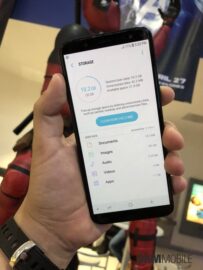Tablet sales have been on the decline for the last couple of years. Samsung managed to stay in the game in second place (behind Apple) with double-digit market share at the end of 2017, but there’s no denying the fact that consumers are showing much less interest in tablets as smartphone displays grow bigger and devices like the Chromebook offer access to full-fledged laptop form factors at affordable prices. While that may be an incentive for manufacturers to stop putting much effort into regular tablets, especially high-end ones, big companies like Samsung and Apple continue to dedicate resources to the segment.
Samsung is continuing to make tablets
To that end, Samsung is working on the Galaxy Tab S4 for a launch later this year, even though it was the only major OEM to see a decline in its tablet market share last year. The Galaxy Tab S4 is guaranteed to come with a Super AMOLED display, which has been the primary draw of the Galaxy Tab S lineup. It remains to be seen whether it’s focused on those who like to read and browse or those who spend more time watching movies and TV shows, but the Tab S4 is on its way for sure, and it has gotten us thinking just how many of our readers are actually interested in using a tablet or in upgrading to a new one when the right upgrade (which, again, the Tab S4 may or may not be, depending on your current device) comes along.
Going by the comments on our articles about the Galaxy Tab S4, people are certainly looking forward to Samsung’s next high-end AMOLED-equipped, S Pen-toting, Dolby Atmos-powered tablet, but we’re sure there are many who would rather just keep the money in their bank instead of spending it on a tablet. Some of you may also be regretting buying a tablet in the past only to see it lying unused at home, so we have set up a poll so you can tell us which camp you fall in.
Well, go ahead and vote in the poll below, then jump to the comments section to expand on your thoughts and get a discussion going.
The post [Poll] Are you still interested in buying a tablet, either from Samsung or other OEMs? appeared first on SamMobile.
from SamMobile https://ift.tt/2Kphn92
via IFTTT


